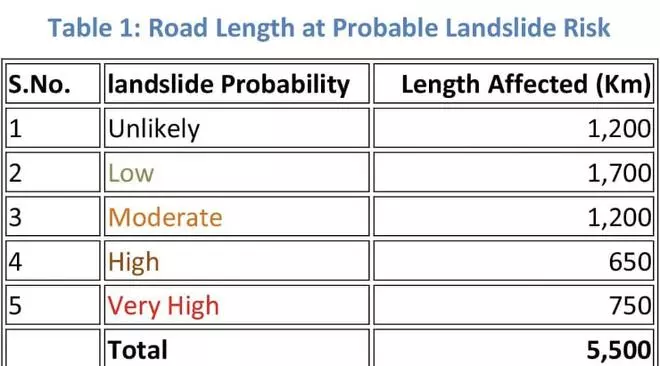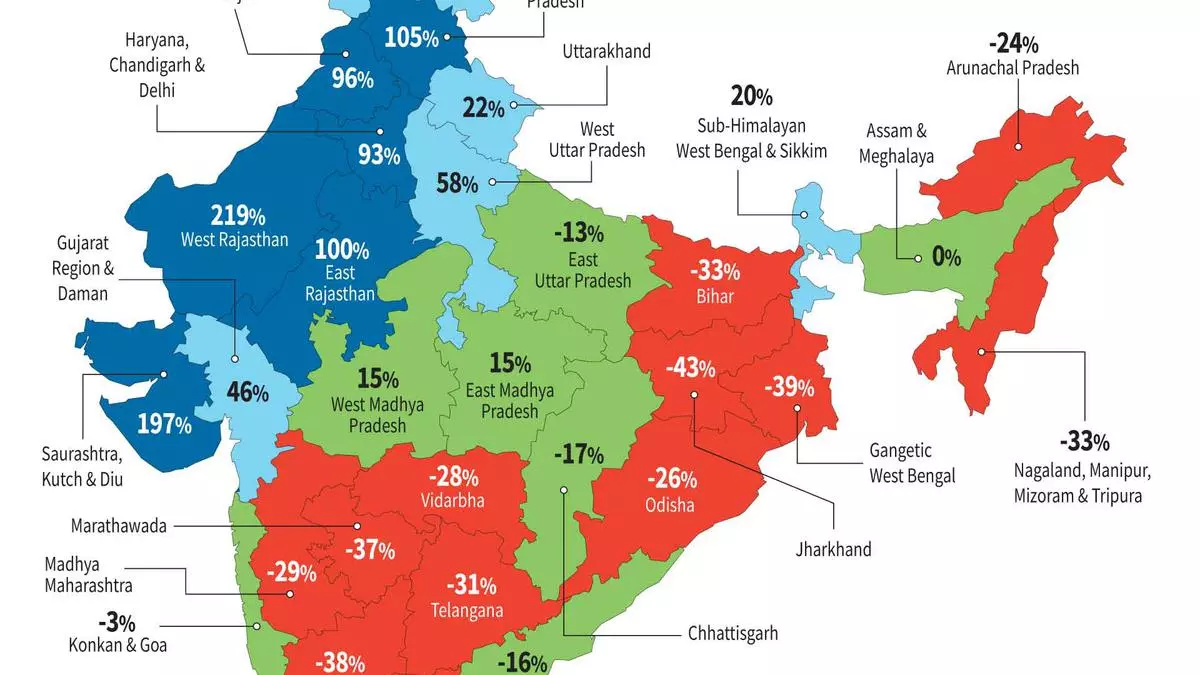Ensure slope stability for roads in landslide-prone regions: RMSI
Global disaster risk management firm RMSI says analysis of landslide potential in Uttarakhand makes it clear that human activities, primarily road network development, loosen rock due to explosions during construction and constant vibrations from heavy traffic. This leads to a change in the natural drainage patterns.
Slope stabilization action
The Indian Meteorological Department (IMD) has forecast moderate to somewhat widespread rains to continue with heavy to very heavy rains falling over Uttarakhand and Uttar Pradesh on Thursday and heavy rains thereafter. Uttarakhand has experienced heavy rains in the past few days. RMSI says its terrain is extremely prone to landslides because it is primarily a mountainous terrain.
Road construction must be accompanied by slope stabilization measures and retaining structures, according to Pushpendra Johari, Senior Vice President of Sustainability, RMSI. “And this should not be a one-time exercise but a regular exercise. Similarly, building rules should also be applied Business line.
danger on the road network
RMSI has been keeping a close eye on the rainfall situation in Uttarakhand. Our analysis shows that more than 5,500 km (about 10 percent) of the road network is at risk of landslides due to heavy rainfall from Wednesday and is expected to continue into Thursday. Some of the most vulnerable areas are in Champawat, Nainital, Pauri and Devprayag districts. Landslides pose a serious threat to the economic activities of the state as well as to the lives and livelihoods of the people living in these areas.”

Given the recent continuous increase in the frequency and intensity of extreme weather events, the need of the hour is to protect communities and infrastructure across the country’s naturally fragile locations, notes Johari. The government needs to make firm decisions on new building approvals, building guidelines, and the movement of vehicles and people to these vulnerable sites.
